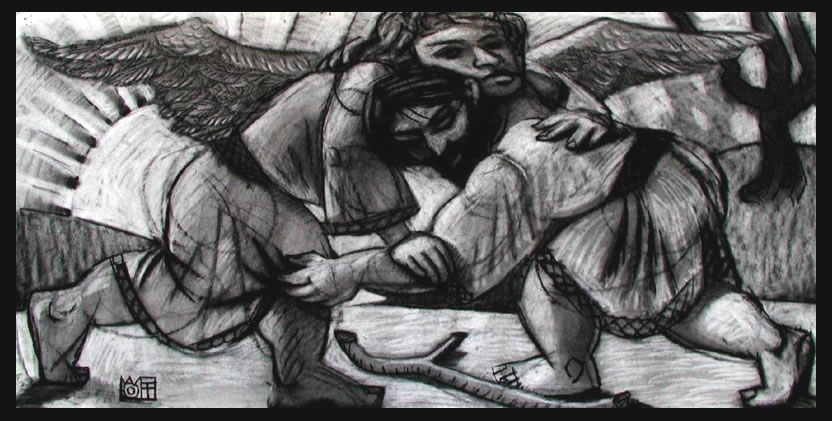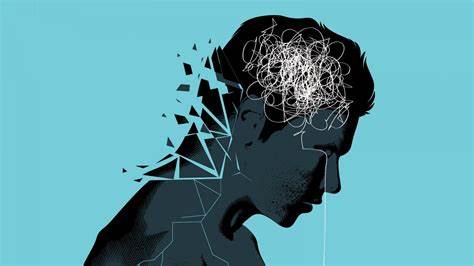Last week, I had the pleasure of attending the International Centre for Moral Injury’s Spring Conference. It brought people from across Europe, Australia, North Africa, and the United States to share the work they are doing in the field of moral injury and moral repair. I also had the privilege of presenting my own work, which explored the reasons for declines in membership and prospective clergy through a perspective of moral injury.
Those of you who know me or who have read my work are aware that I see moral injury as a social-psychological lens for viewing the health of institutional cultures. While my interest has focused on the U.S. military context and my role as a Navy Chaplain, it has expanded to my experience and understanding of the challenges facing the institutional church.
It is no secret that Christian institutions are facing decreases in membership and individuals pursuing a life of ministry as a pastor, deacon, etc. Awareness of this decline has spanned over two decades now, and the responses have varied. In 2009, it was investments in attractional programs and in alternative “seeker” communities rooted in the “Emerging Church” movement. Today, the COVID-19 pandemic and economic realities have fed an attitude of scarcity that has, in turn, led to innovations in the way ministry happens or people attend seminary.
Yet, my soul feels a discomfort with all of this, and the decline isn’t just continuing, its rate is rising. The closest I have come to someone naming my discomfort is Andrew Root’s “Secular Age” series. Yet, it seems too easy to blame everything on secularism and how it’s changed the way we speak, act, and think as an institutional church. I wonder, “Are the ways we’re thinking and doing church actually harming those we intend to reach and those who have dedicated their time and energy to ministry?”
Through the lens of moral injury, I have concluded that the answer is “yes.” Like many secular institutions, people have become tools and machines to keep the wheels of the institutional church spinning and in hopes that institutional decline can be reversed. At the same time, people expect the church to be such a “light,” one that resembles the God who draws us into communities and relationships where we are reconciled to one another and where we bear life’s struggles with one another. They expect the church to be a place where we dine among sinners because we are sinners, not one where we sit in judgment, are mired in tedious institutional processes, and perpetuate religious trauma and abuse. When those expectations are violated, moral injury – the violation of people’s moral expectations about what is right and good – results.
The conversation we need to be having as a church, at all levels, right now is coming to terms with the fact regardless of theology, there are ways the institutional church exploits and harms God’s people in its pursuit of survival.
I know this isn’t a positive message. There is, however, power in naming what perhaps people are feeling and experiencing right now. Rita Nakashima Brock says, “Suffering is usually borne by the individual, but healing is always borne by the community.” In naming, we find we are not alone. We find a sense of solidarity as the church that God uses to bring us to the healing and hope we desire.
If you would like to read my paper from the presentation, you can do so below:


Leave a comment